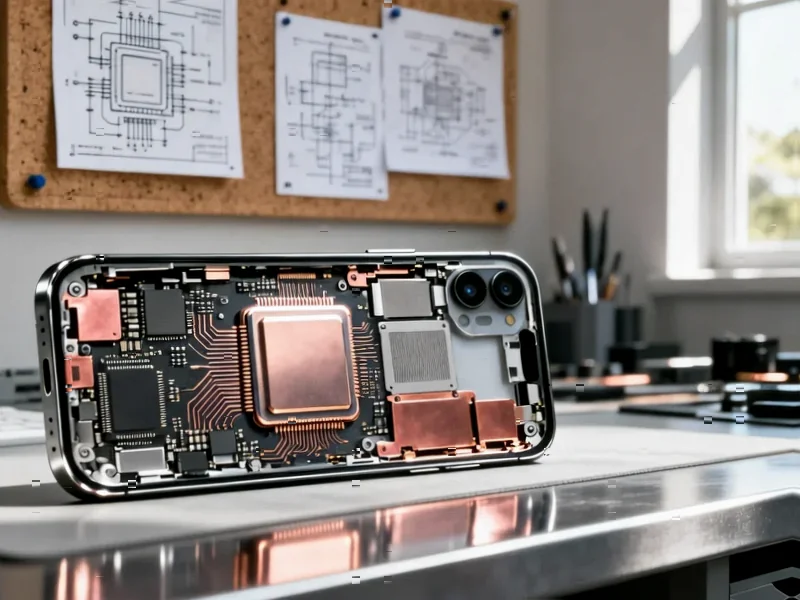According to Digital Trends, Samsung’s Galaxy S26 series could face significant price hikes due to rising component costs that are putting pressure on the company’s margins. The report cites Samsung’s own semi-annual financial documents from August showing a 12% increase in System-on-Chip prices and an 8% rise in camera component costs compared to last year. Meanwhile, high-bandwidth memory used in AI servers has seen prices jump over 16% since the first quarter of 2025 due to supply shortages. This has fueled speculation that Samsung might raise flagship prices for the first time in two years, potentially setting new pricing benchmarks for Android devices in 2025. The Galaxy S26 series is reportedly scheduled for launch on February 25 in San Francisco, though Samsung hasn’t officially confirmed any price changes yet.
What this means for buyers
Here’s the thing: if you were planning to upgrade to the S26 next year, you might want to start saving a little extra. We’ve gotten used to Samsung holding the line on pricing for the past couple of generations, but that streak could be ending. The company absorbed those previous cost increases to stay competitive, but there’s only so much margin compression any business can handle.
And honestly, how much more are people willing to pay for flagship phones? We’re already looking at $1,000+ for top-tier models. Another price bump might push some buyers toward mid-range options that have gotten surprisingly good. Or maybe people will just hold onto their current phones longer – which honestly might not be the worst outcome for consumers or the environment.
The broader market impact
If Samsung does raise prices, you can bet other Android manufacturers will be watching closely. Samsung sets the tone for the entire Android flagship market. When they move, others often follow. So even if you’re not planning to buy a Galaxy device, this could affect what you pay for phones from Google, OnePlus, or other brands.
The high-bandwidth memory situation is particularly interesting because it’s being driven by AI server demand. Basically, the same components that power AI infrastructure are now competing with consumer devices. That’s a trend that’s probably not going away anytime soon. As ET News reports, this shortage and price surge has been building throughout 2025.
Wait and see approach
Now, it’s important to remember this is all speculation based on component costs. Samsung hasn’t officially said they’re raising prices. They might still choose to eat the costs to maintain market share, especially if they’re worried about competition from Apple or Chinese manufacturers.
But here’s my take: if the S26 doesn’t bring substantial upgrades to justify higher prices, consumers might revolt. We’re at a point where year-over-year improvements are becoming increasingly incremental. Paying more for slightly better specs? That math might not work for many people anymore.
The next few months will be telling. As we get closer to that February launch, we’ll see if Samsung confirms these price increases or finds another way to manage their costs. Either way, 2025 could be the year that breaks the current flagship pricing model.




